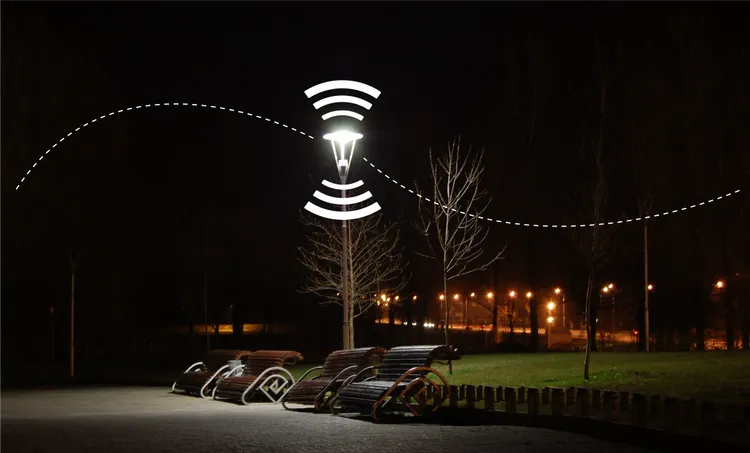Introduction to Applying LoRa Standard in Outdoor Lighting Management
When it comes to outdoor lighting management, understanding the intricacies of LoRa technology is essential. LoRa, short for (Long Range), stands as a beacon of wireless data transmission innovation. Developed specifically for long-term, low-power Internet of Things (IoT) networks, LoRa technology possesses a unique capability — the ability to transmit data across extensive distances while conserving energy. This makes it an ideal choice for battery-operated devices, ensuring prolonged service life and efficiency.

